1. No Homework for Primary School Students (Finland)
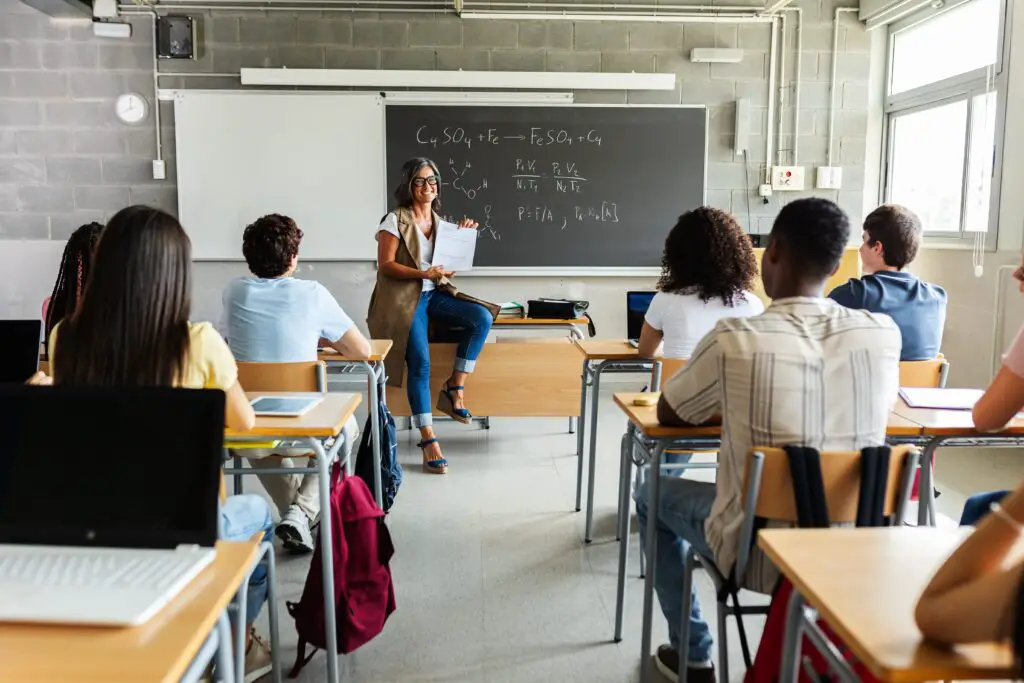
In Finland, education focuses on the well-being of students, and this approach includes no homework in elementary schools. The Finnish believe that children should have time to relax, play, and enjoy life outside of school. Teachers assign minimal tasks, prioritizing in-class learning and student engagement over out-of-school work. With the aim to reduce stress and maintain balance, this system emphasizes quality over quantity in education.
American students, on the other hand, are typically swamped with hours of homework, which often leads to burnout. While Finland’s approach has shown impressive results in academic performance, it would likely be met with resistance in the U.S., where homework is seen as a vital tool for reinforcing learning.
2. Longer Lunch Breaks for Students (France)
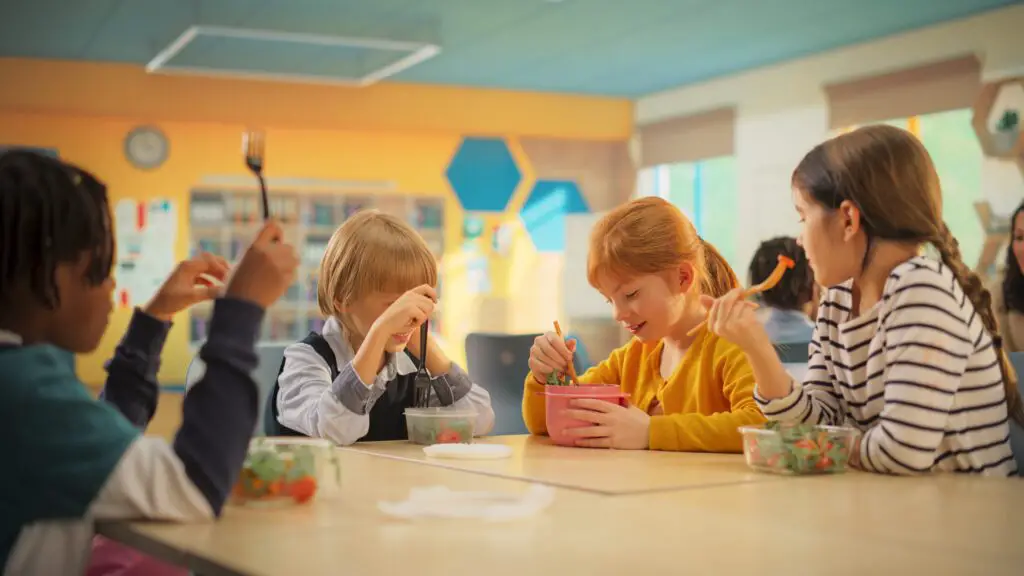
French schools are known for their extended lunch breaks, often lasting up to two hours. This time allows students to enjoy a leisurely, multi-course meal, often with fresh, locally sourced ingredients. The focus is not only on nourishment but also on teaching students the importance of taking a break and socializing. This practice promotes healthy eating habits and a balanced lifestyle.
In contrast, lunch breaks in U.S. schools tend to be much shorter, often around 20 to 30 minutes. The fast-paced nature of American school schedules would likely make it challenging to adopt the French model, where the focus on taking time to relax is just as important as the meal itself.
3. National Exams Only in Senior Year (Germany)
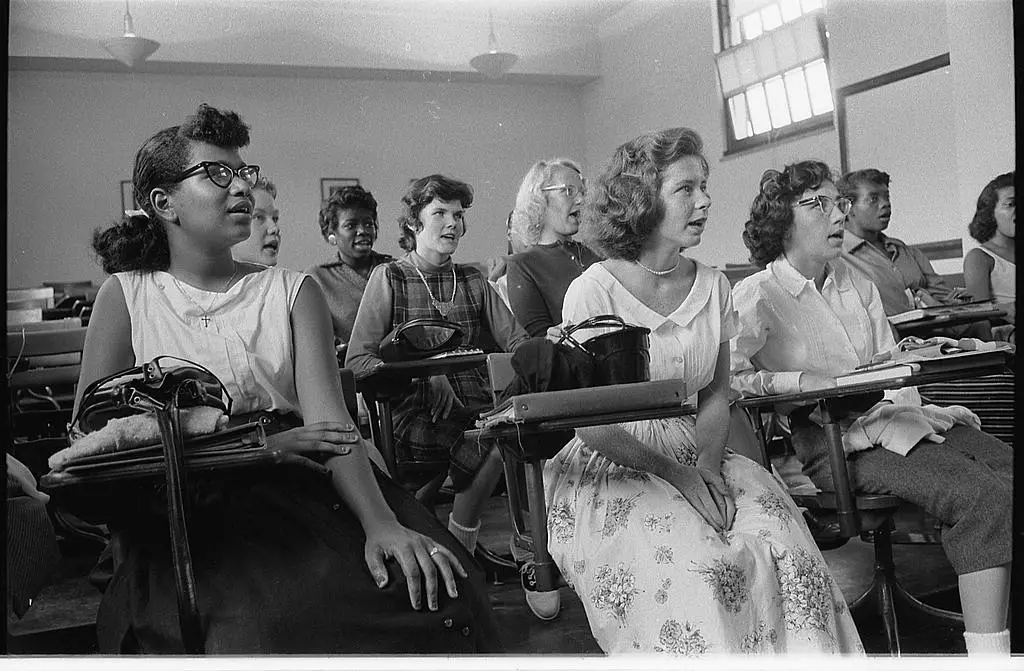
In Germany, students don’t face national exams until their final year of high school. This practice allows students to focus on personal development, extracurricular activities, and exploring different interests throughout their earlier years. By the time they take their final exams, students are often more well-rounded and prepared for the future, both academically and socially.
In the U.S., students are often subjected to standardized testing from a young age, including state exams and college entrance tests like the SAT or ACT. The German approach might not sit well in the U.S., where testing is seen as a way to measure progress and accountability throughout a student’s academic career.
4. Teacher-Student Authority Balance (Japan)
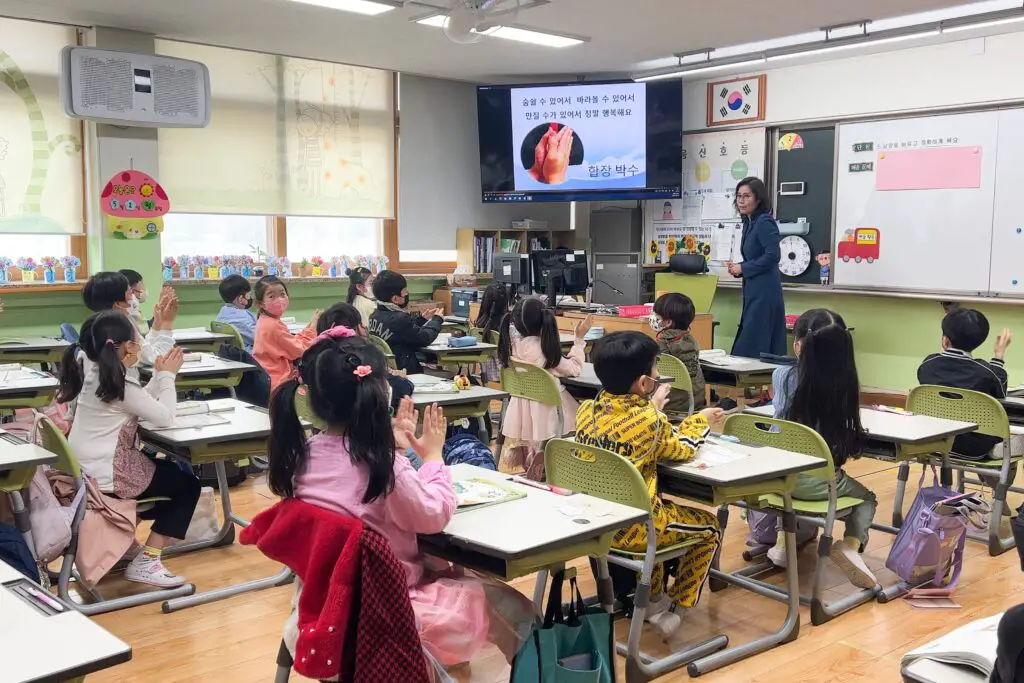
In Japan, the relationship between teachers and students is one of mutual respect and balance. Teachers are seen as authority figures, but they also strive to foster a cooperative atmosphere in the classroom. Students respect their teachers, and teachers, in turn, respect their students’ opinions, allowing for open discussions and mutual learning.
In the U.S., the dynamic is often more hierarchical, with teachers expected to maintain strict control over the classroom. While respect is also a core value in American education, the idea of teachers and students collaborating as equals might be a harder shift for U.S. schools to embrace.
5. Mandatory School Workdays (South Korea)
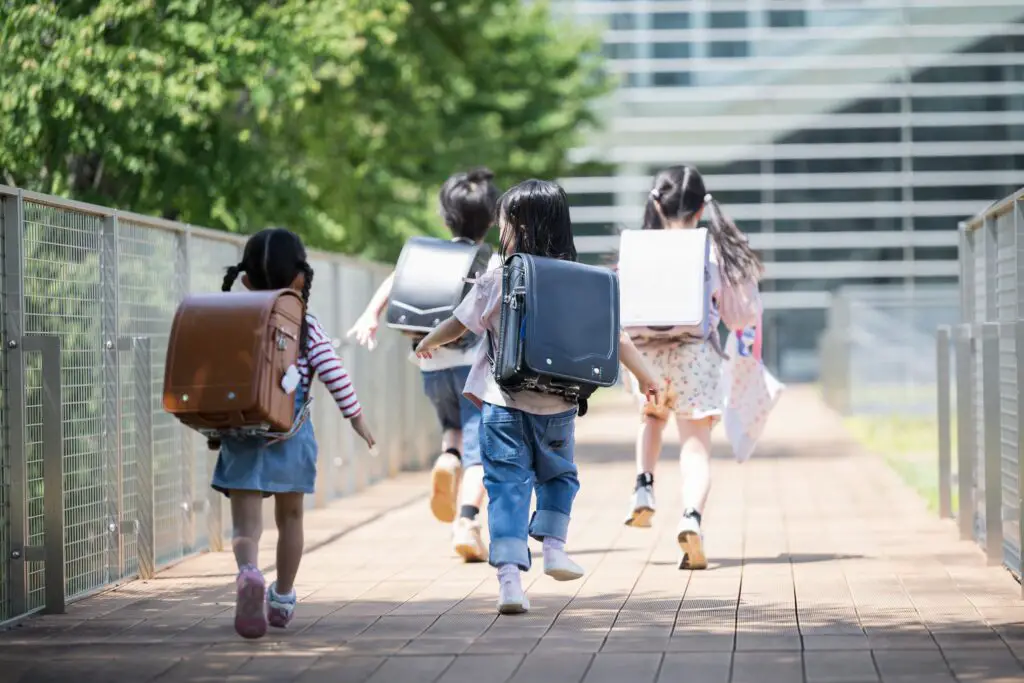
In South Korea, students often attend school six days a week, and the learning doesn’t stop after the bell rings. Many students attend “hagwons,” or private tutoring centers, after regular school hours. While this may sound overwhelming to most, it’s considered an essential part of the education process, aimed at fostering academic excellence.
The concept of mandatory school workdays or evening tutoring centers would likely be met with concern in the U.S., where a strong emphasis is placed on extracurricular activities and family time. The American education system generally offers more time for personal freedom, which contrasts with the South Korean model that focuses heavily on academic success.
6. Learning Through Play (Denmark)
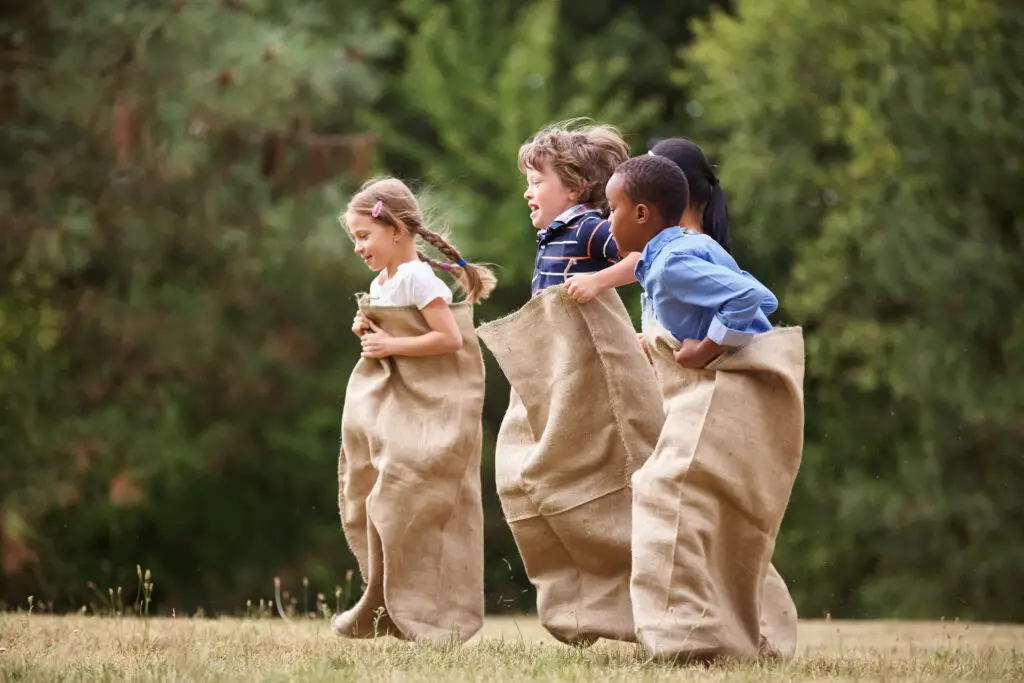
Denmark’s education system places a significant emphasis on learning through play, especially in the early years. Children are encouraged to explore their creativity and learn in an informal, stress-free environment. Danish schools often incorporate outdoor activities, where children engage with nature and develop critical thinking skills while having fun.
In the U.S., early education tends to focus more on structured lessons and academic achievement. The idea of incorporating play into the learning process might face resistance in a system where there’s a greater pressure to excel academically from a young age. Denmark’s approach would require a major shift in U.S. educational priorities to be embraced.
